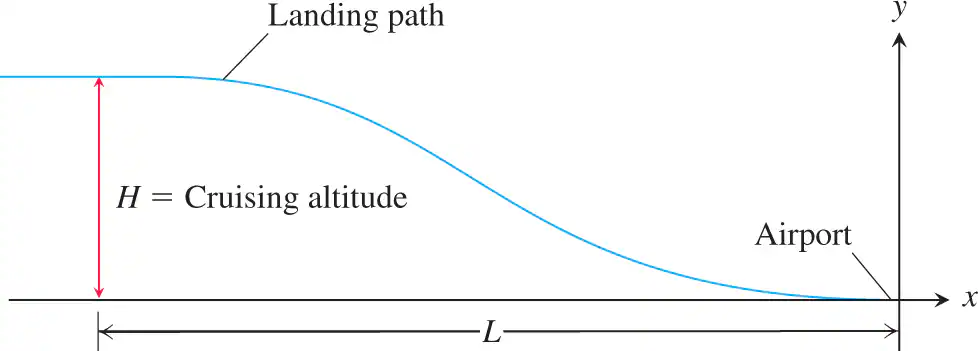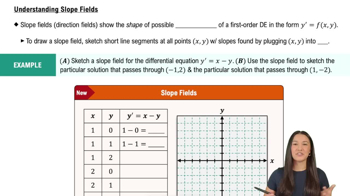52. Two masses hanging side by side from springs have positions s_1 = 2 sin t and s_2 = sin 2t,
respectively.
a. At what times in the interval 0 < t do the masses pass each other? (Hint: sin 2t = 2 sint cost.)

 Verified step by step guidance
Verified step by step guidance Verified video answer for a similar problem:
Verified video answer for a similar problem:



 1:13m
1:13mMaster Intro to Applied Optimization: Maximizing Area with a bite sized video explanation from Patrick
Start learning